About Ethiopia
Our portfolio in Ethiopia is one of the largest and most complex in Africa.
Over the last decade, Ethiopia has made tremendous development gains in education, health and food security. In 2015, GDP growth was 9.6 percent (World Bank). The addition of 38,000 health extension workers has helped reduce the under-five child mortality rate by more than six percent a year since 2000.
Ethiopia still remains one of the ten poorest countries in the world, with an estimated annual per capita income of $619 in 2015 (World Bank). Roughly 34 percent of Ethiopians live below the poverty line of $1.90 a day and are vulnerable to food insecurity, and about 75 percent depend on subsistence agriculture (IFPRI). From a humanitarian perspective, approximately 10.1 million people needed emergency food assistance in 2016 and approximately 7.8 million will require assistance in 2017. This is in addition to 7.9 million chronically food insecure beneficiaries who are supported through the Productive Safety Net Program. Its fast-growing population, now estimated at more than 104 million, puts tremendous pressure on the land and natural resources that are the cornerstones for the country's growth.
To further the country’s progress, the Ethiopian Government has committed itself to a five-year Growth and Transformation Plan and includes sustainably improving rural livelihoods and national food security. U.S. assistance capitalizes on a partnership with the government to increase economic growth with resiliency, deliver quality basic public health and education services and promote a governance environment that is conducive for sustainable economic development.








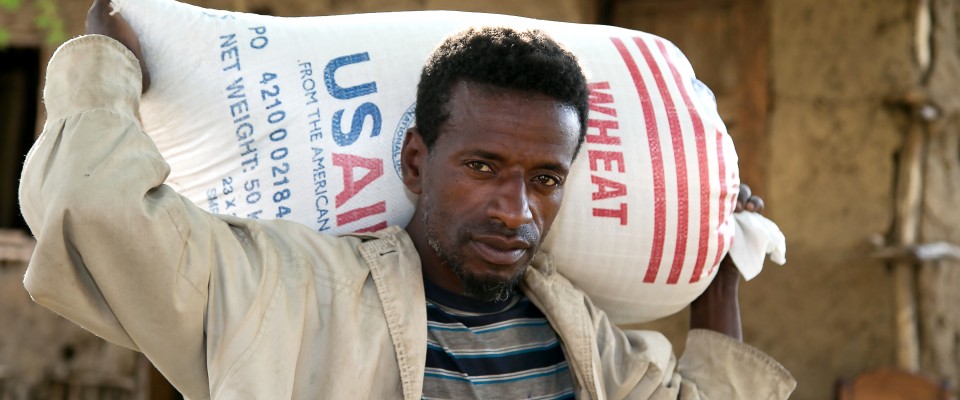
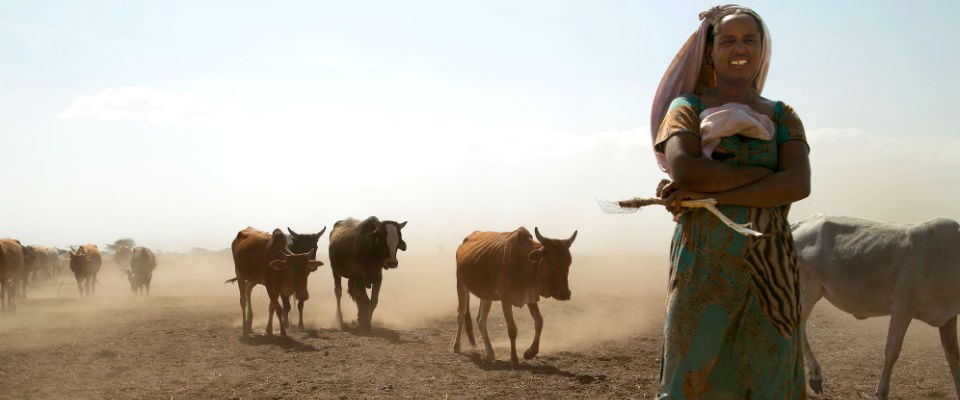
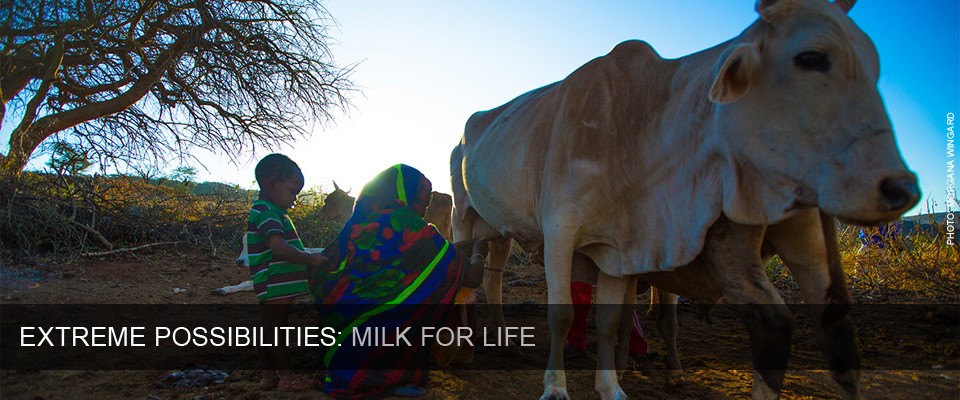
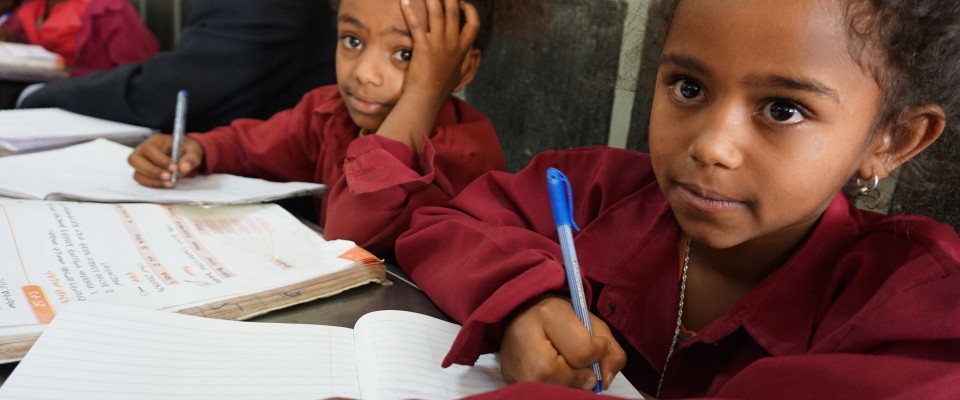
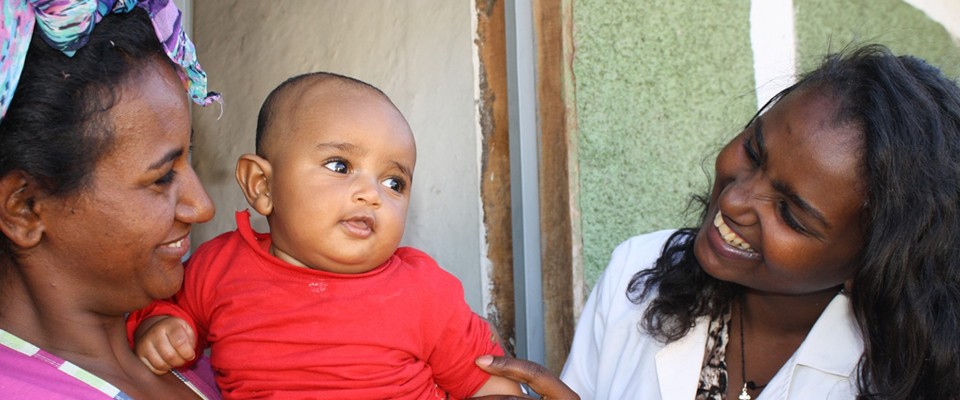
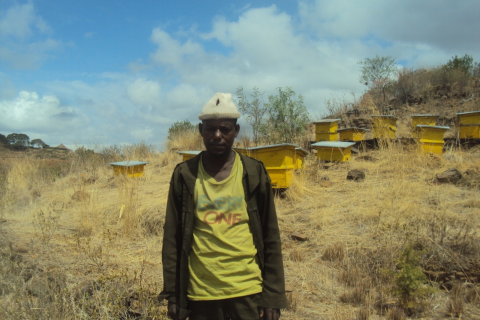
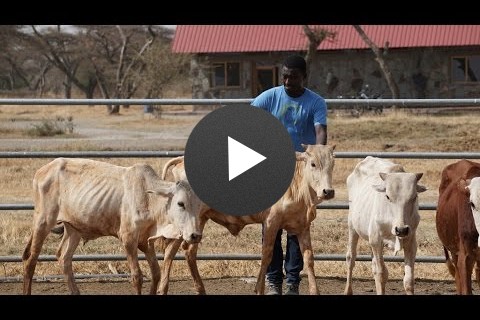

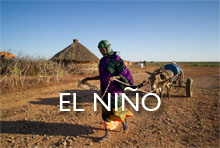

Comment
Make a general inquiry or suggest an improvement.